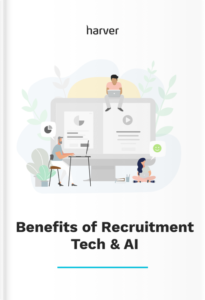The use of AI in recruitment is growing, as is the recruiting software market. While only 10% of organizations currently make high or very high use of AI in recruitment, 36% of organizations expect the use to be high or very high in the next two years.
Slowly but surely, AI is finding its way into every part of the recruitment process, from sourcing through pre-selection and interviewing to reference and background checks and determining fair compensation. To give you an idea of what’s currently happening, we’ve listed the 11 most innovative uses of AI in recruitment we think we’ll be seeing (a lot) more of in the coming years.
What’s in?
Like what you see?
Don’t miss out. Subscribe to our quarterly digest to get the latest TA and TM resources delivered right to your inbox.
1. Physical interview robots
Yes, that’s right, you can now use an actual, physical interview robot in your recruitment process. The bot combines natural language processing (NLP) and interview analytics to assess a candidate’s soft skills and personality traits. As such, it helps get rid of (unconscious) bias, because it doesn’t take gender, age, physical or other characteristics into account.
While the use of a physical interview robot certainly has its advantages, there are a few things to keep in mind nevertheless. First of all, as with all applications of AI, the software is only as fair as the data it gets fed.
Another thing to keep in mind is the candidate experience. Using a robot can ensure consistency and provide the same interview experience to each candidate, but will they appreciate being spoken to by a machine?
Even if you only use the robot for a small part of your recruitment process, you may want to make sure your applicants understand why and that you make up for the lack of a ‘human touch’ elsewhere.
2. Conversation analytics
Technology such as the one developed by Metaview listens in to job interviews and pulls out insights so that organizations can interview more effectively and make better hiring decisions.
The software audio-records the interviews you conduct, both via (video) call or in-person, and then automatically transcribes them. The interview insights you get out of this can help you understand how effective your interviewers are and how to improve where necessary.
In terms of insights, you can, for instance, think of information about the most commonly asked questions by candidates. But they can also show you whether or not you’re interviewing all applicants in a consistent manner and if you’re neglecting to assess certain key competencies during the recruitment process.
Of course, the most important thing to keep in mind here is to make sure your candidates are aware of their job interview being recorded and analyzed – and to get their full consent beforehand.

3. AI-powered background checks
While background checking may seem a formality, the reality is that regulations tend to evolve almost constantly and that laws vary from one country (and role) to another.
However, as time-consuming and tedious as the background check process may be, it’s not likely to go away since it reduces risk for companies. As such, it’s no real surprise that we see another innovative use of AI in background checking.
Benefits of using AI-infused background checking technology include reduced bias, more privacy for applicants (as the software only checks relevant information), a simpler, faster, and more efficient process, and scalability of the solution.
Checkr is an example (the only one, as the company claims itself) of a background check company that uses artificial intelligence and machine learning.
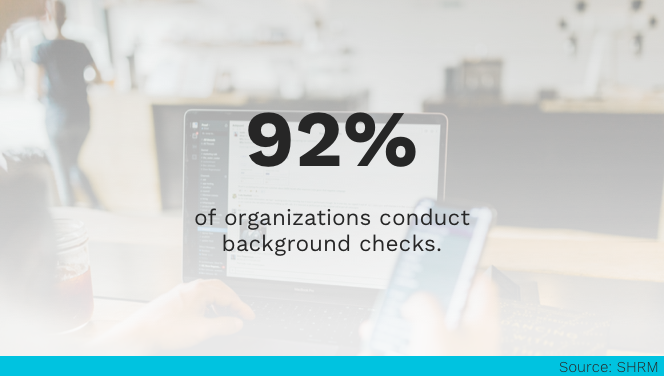
4. Automated reference checking
Although background and reference checks aren’t the same thing, they often take place around the same time – towards the end of the hiring process. And just like background checking, collecting various reliable references can be a rather time-consuming task.
Common challenges of a manual reference check process (if we can call it that) are the reliability of both the person giving the reference and that of the review itself. But there are more practical issues too: people may not pick up the first time you call them, referees don’t get automated reminders, you can’t easily replicate the process for multiple jobs, etc.
An AI-driven reference check tool can take away a lot of these pain points. The software automates the process and helps gather all relevant information on a single platform.
Referees respond to scientifically designed questionnaires and get automated reminders to avoid hiccups (and lengthy waiting times). Potential fraudulent activity (think of a candidate’s friends playing referee) gets flagged.
Examples of companies in the automated reference check space are Jointl and Robin.

5. AI for internal mobility
Hiring internally can be a great way to save time and money. It significantly reduces hiring costs and risks and your ‘new’ hire already knows the company which means they’ll be operational and productive faster.
Making internal mobility a priority, therefore, is one of the top recruiting strategies for many companies this year. In order to achieve this, 44% of HR professionals want to use AI to identify the best internal candidates.
As for how AI technology for internal mobility works, IBM accurately explains this in its report Making Moves: Internal Career Mobility and the Role of AI:
“The software uses data, pattern recognition, and natural language understanding to gather insights into employees and roles. The technology then is able to offer better visibility of opportunities and better matching between skills and jobs, hence creating personalized recommendations for the workforce.
This is an ongoing process as new data becomes available constantly. Since the software ‘understands’ an employee’s skills and experience and also knows what roles exist, it’s able to show opportunities that an employee otherwise might have been unaware of – which helps to boost mobility within the company.”
Examples of companies that offer AI-infused internal mobility platforms are Gloat, Phenom People and Eightfold.
How AI & recruitment technology is changing recruiting experience
Find out how tech has helped other companies grow by enhancing both the recruiters’ and candidates’ experience!
6. Assessing team strengths and bridging talent gaps
One of the more general trends we see in HR is a shift from a focus on individuals towards a focus on teams. Over the past few years, there has been a lot of attention on the individual candidate; their aspirations, skills, potential and whether or not they would fit into the company culture.
As a result, we’ve seen an increase in, for instance, the use of pre-employment assessment tools for individual candidates. Now, however, companies like Teamscope are taking the use of AI in recruitment to another level.
They combine data analytics with scientific testing to understand the deep-level characteristics of individuals and use machine learning to understand how these characteristics influence collaboration and performance in a team setting.
The basic idea of making better hiring decisions remains the same, only now those hiring decisions are made with the greater good – meaning the performance of the team as a whole and by extension, the entire organization – in mind.
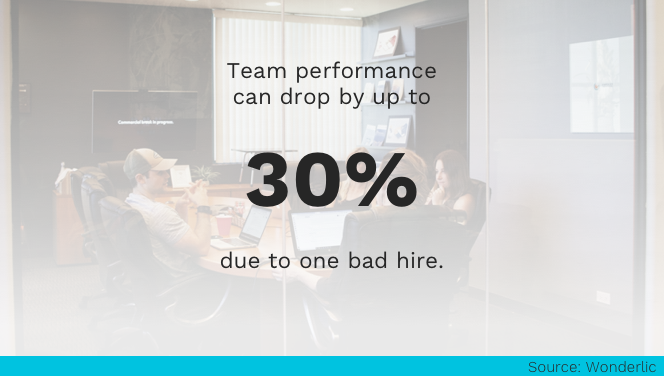
Hiring a person who doesn’t fit the team is risky – it can bring the whole team’s performance down. AI helps organizations hire people who truly match the team in terms of both skills and culture.
7. AI-powered talent marketplaces
Developments like the rise of the gig economy, or more generally speaking, people who prefer (part-time) freelancing over a traditional employment situation have led to the rise of freelance marketplaces such as Fiverr, Upwork, PeoplePerHour, etc.
Interestingly, we now see other companies stepping up the freelance marketplace game. Rather than ‘just’ being a platform where freelancers and employers meet, these AI-powered talent marketplaces analyze the skills and experience of the experts and match them with the requirements of companies.
It’s easy to see the benefits of these ‘talent marketplaces 2.0’, the main ones being the fact that automated matching saves time and increases efficiency on both sides and reduces the chances of a mismatch.
Examples of AI-driven talent marketplaces are Occur and Boon Tech.
8. Determining compensation
Determining the right compensation and benefits package for a new hire is a bit like solving a puzzle. In larger organizations, this usually is the responsibility of a compensation and benefits manager, but in smaller companies, comp and benefits is yet another task for the HR generalist.
Elements to take into account often include:
- Salary
- Overtime pay
- Bonuses and commissions
- Retirement
- Stock options
- Vacation
- Sign-on bonuses
- Healthcare benefits
- Etc.
Naturally, what the right package is depends on your industry, local laws and employee level. Since industry standards and local regulations tend to evolve, it can be quite a challenge to keep track of this data.
This is where another innovative use of AI in recruitment comes into play. Cloud-based compensations software provider PayScale recently launched its Differentials Engine.
The tool enables companies to take specific skill and geographic data into account when they price high-demand jobs in competitive markets.
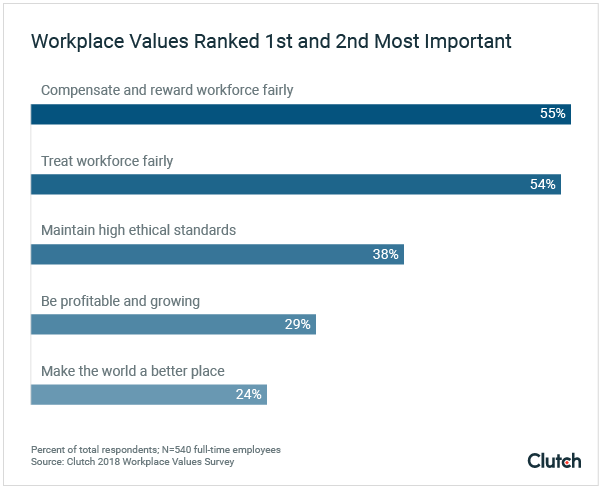
Although fair compensation is the top thing people value in their employers, determining what “fair” is isn’t always easy and straightforward. That’s where AI comes into play.
9. Robotic Processing Automation (RPA)
Robotic processing automation (RPA) is, as its name suggests, the process of using software to automate business tasks. It’s another application of AI in recruitment and one that can take over a myriad of tasks and activities.
What kind of tasks and activities, you wonder? Anything from sourcing candidates and enhancing recruitment marketing campaigns to interview scheduling and the deployment of chatbots.
RPA technology can also be used to automate post-offer activities. Think of collecting additional information from applicants, submitting (mandatory) forms and even processing pre-employment checks.
A company that’s active in this space is PeopleScout.
10. Rerouting candidates
Just because someone isn’t the right person for the job right now and right here, doesn’t mean they can’t be your ideal candidate somewhere down the line or in another one of your locations. So why risk losing top talent when you can build a relationship with them and keep them interested in your company instead?
In a market that is still very competitive, more and more organizations understand that it’s important to build and maintain a talent pool – a database of candidate profiles interested in working for your organization.
Along the same lines, we see that organizations increasingly use AI to reroute people to roles that suit them better. Granted, only 7% of companies currently do so, but this is expected to grow over the next two years.
Rerouting candidates can be particularly useful for retail or hospitality businesses with multiple locations in the same geographical area as it helps them to use their candidate pool better. For example, if a candidate’s availability doesn’t fit one location, why not reroute them to a close location with different schedule needs?
While rerouting candidates isn’t the same thing as engaging with them via a talent pool, it is a different way to achieve the same result – keeping good applicants with your organization instead of losing them to the competition.
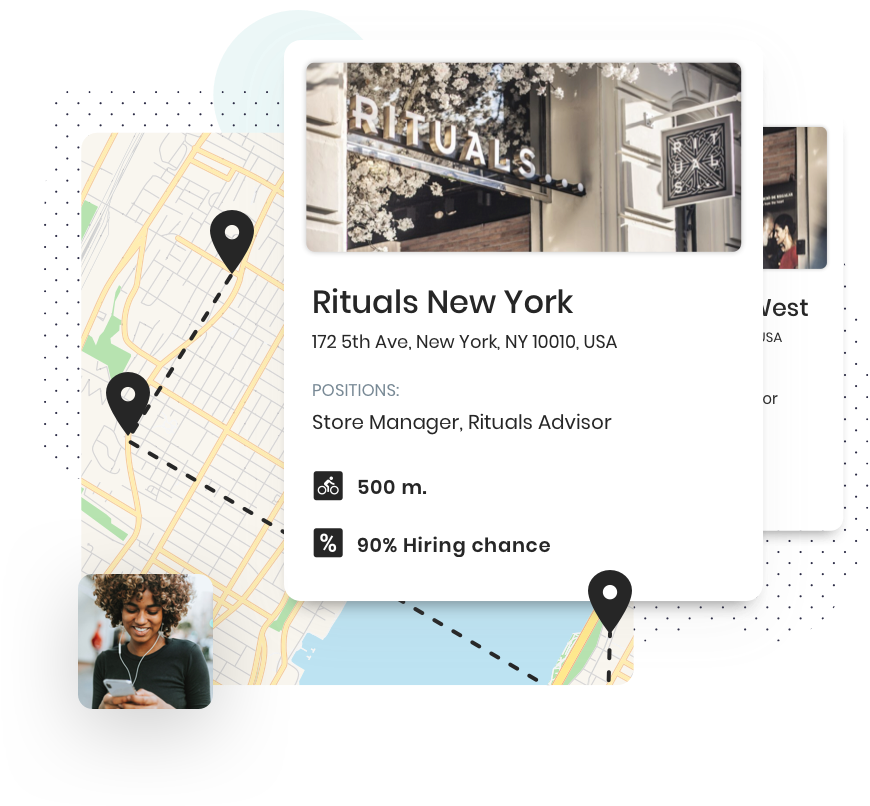
Allowing your candidates to apply to multiple roles and locations in the same area enables you to get the most out of your recruiting efforts and match candidates to opportunities that fit them best.
11. New employee onboarding
Employee onboarding has gotten a lot of attention last year – and rightly so. If you think of recruitment as the period in which two people start dating, then the onboarding period is a bit like a workplace honeymoon.
In other words: a crucial time that will stay in people’s minds and during which the foundations for a strong, lasting relationship are being laid.
Of course, AI is now also making its way into the onboarding process.
As we’ve already seen when we talked about robotic processing automation, AI-driven technology can help in reducing the administrative burden of the onboarding process.
Employee onboarding software also enables organizations to ensure a 24/7 onboarding. AI chatbots can answer (basic) questions and guide candidates through the various aspects of their onboarding. As a result, new hires can integrate faster.
However, as we said at the start of this article when we talked about physical interview robots, it’s important not to lose sight of the human side of employee onboarding. After all, first impressions tend to last…
Examples of onboarding software vendors are Talmundo and My Ally.
On a final note
As the use of AI in recruitment becomes more commonplace, people are inventing more and more ways to make recruitment even faster, easier and fairer. In the near future, we’ll see more innovation in the further stages of the recruitment funnel such as interviewing, hiring itself, and onboarding.
This list aims to inspire you and give you an idea of what’s currently possible if you want to innovate your recruitment process. Of course, before you start purchasing any kind of tool, make sure you know what you want to achieve and that you understand how the technology works.
How AI & recruitment technology is changing recruiting experience
Find out how tech has helped other companies grow by enhancing both the recruiters’ and candidates’ experience!

